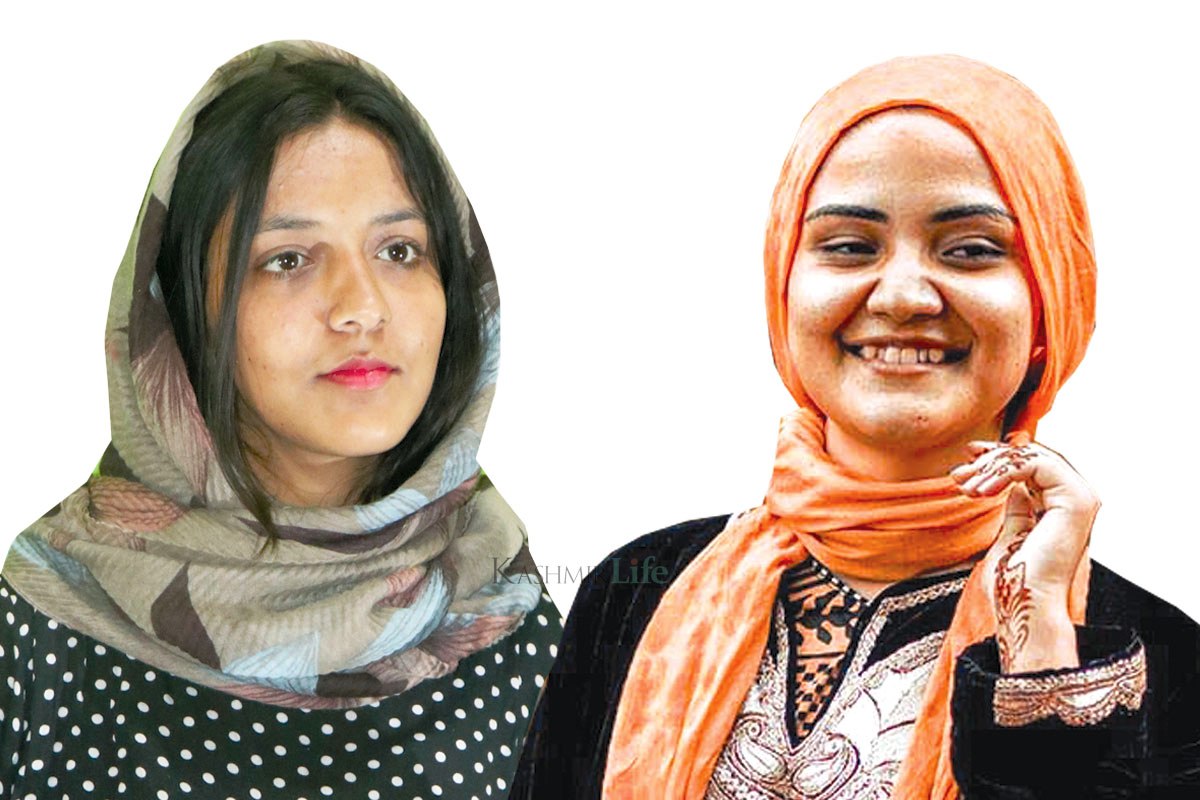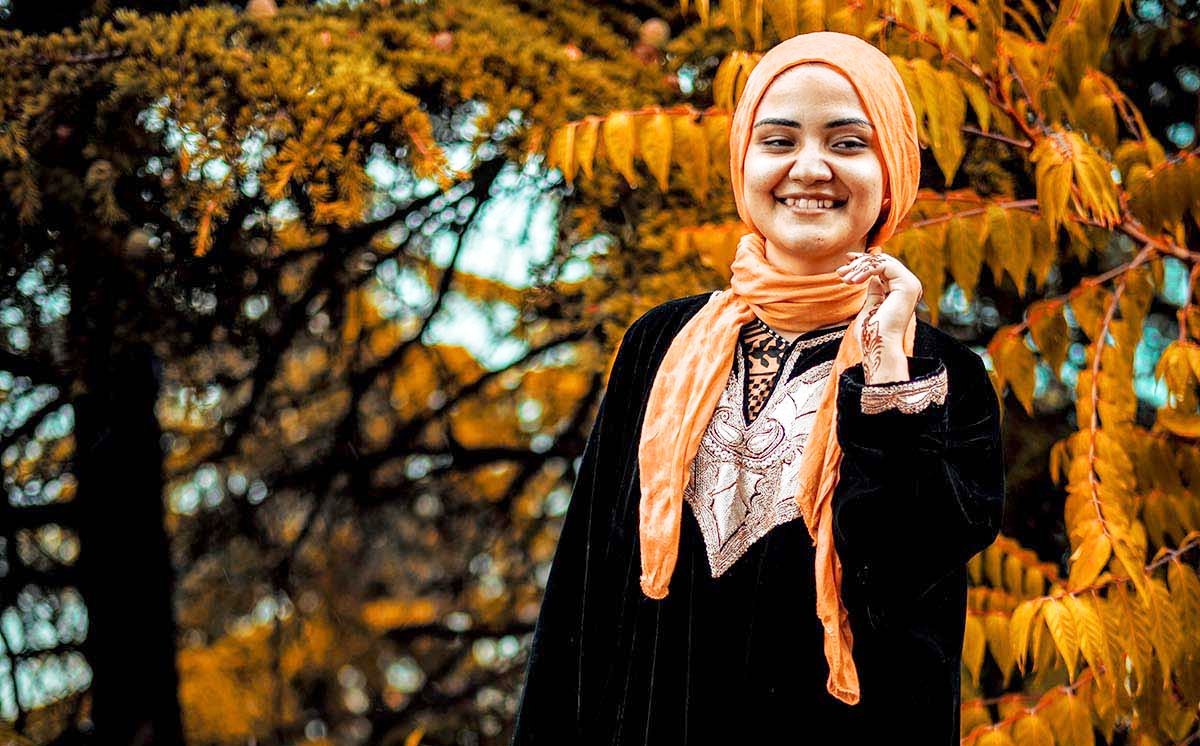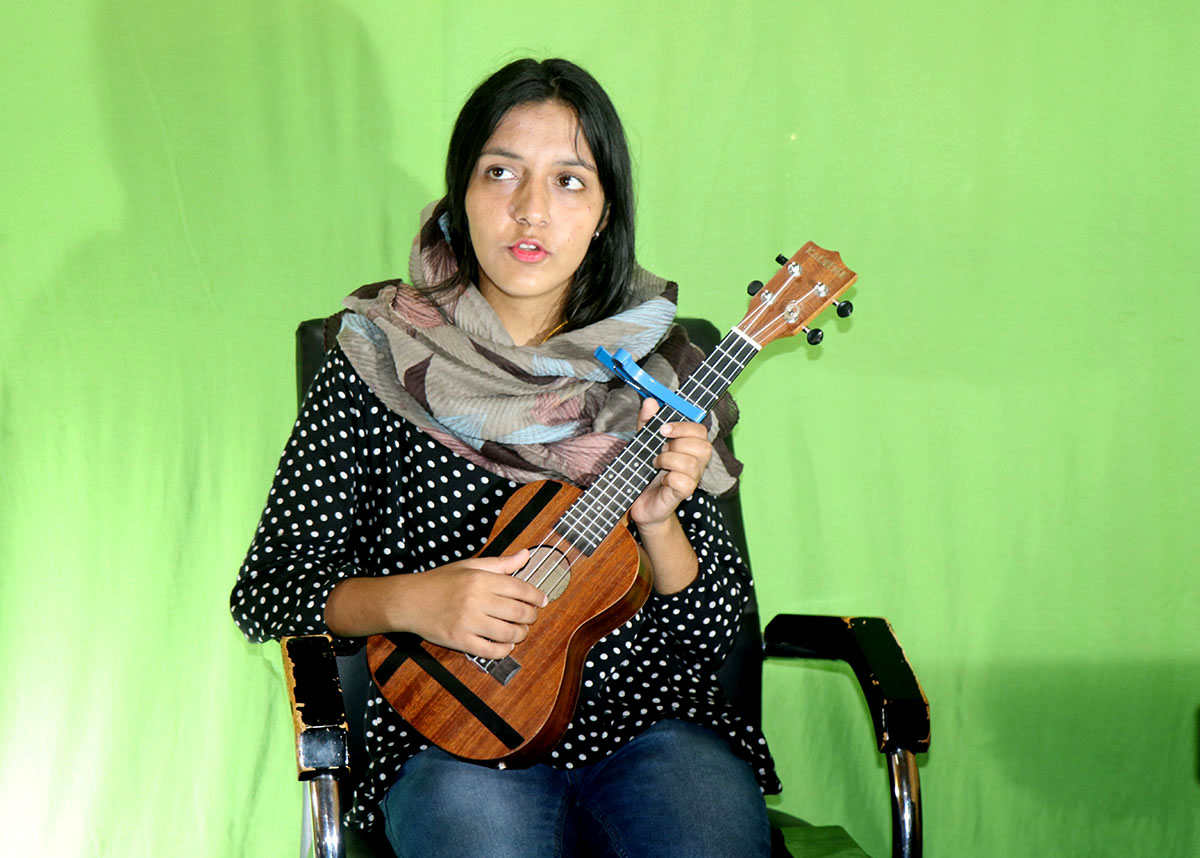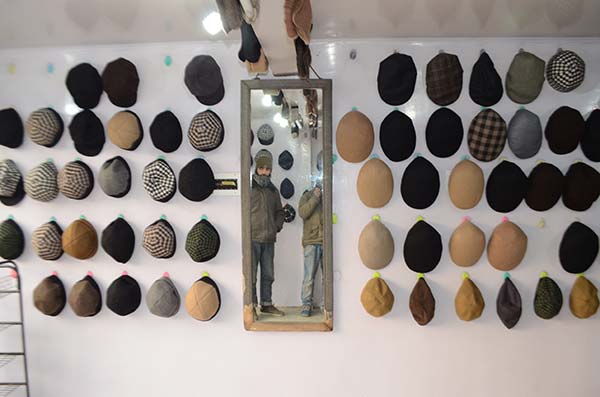A Ladishah artist and a singer, both students, make a splash on Kashmir’s social media and outside the region as well. Syed Samreen meets the new faces with new voices who are determined to walk with their tunes ahead

In January when things started going downhill due to Covid-19, Areej Syed Safvi, 25, decided to revive Kashmir’s folk tradition of Ladishah. As her first video appeared on social media, she became Kashmir’s first female Ladisha.
An age-old Kashmir tradition, Ladishah is a poet-singer who used a basic instrument to deliver a message on social issues and politics. They would sing their ballads in peculiar style using a crude instrument called as dhukar comprising of a two-headed metal rod with iron rings thrown over it. Travelling from door to door, they were hugely popular in a time when the right to dissent was a punishable offence. Off late, the tradition faded away as the facade of freedom of speech became mainstream and the culture moved from streets to the studios.
The virtual return fetched Safvi instant attention on social media. Many saw the style being resurrected from extinction and so many were amused by a female Ladishah, apparently a historic first.
Pursuing Psychology
Safvi lives in Srinagar’s Alamgiri Bazaar and is currently enrolled as a student of psychology at Indira Gandhi National Open University. She graduated in Arts and aspires to become a mental health activist. To reach out to people who seek professional help from mental health activists, Safvi started her youtube channel last year.

While in search of the subjects for her new videos, she got the idea of somehow reviving the cultural treasure of Kashmir, the Ladisha, through the medium of social media.
”I started making videos accidentally. I had never really planned for something of this sort,” said Safvi. “Ladisha always fascinated me as a kid, when it used to be aired on ETV back then,”.
The start came from her silence. “I was just sitting and started singing to myself Ladisha Ladisha. I realised that I didn’t have to put much effort into making the script and singing it in a flow and a rhythmic manner.”
Safvi said that, through Ladisha, she touches many sensitive topics that otherwise aren’t talked about.
“I have sung about women, atrocities of the government, Covid-19, the change that modern brought to people, the 4G ban and the use of virtual private networks (VPN) by Kashmiris at the peak of the communication blockade,” she said.
Historically, the Ladaishah has been a crusader of sorts on freedom of speech front – who would talk about the officially declared profane and still stay safe by mixing the fact with humour. People would take the message, laugh it out, and go home.
Public Safety Act
The female Ladisha’s first video surfaced on social media in January when she talked about the Public Safety Act.
“I really wanted to talk about how this draconian law was being slapped just so easily on people around but couldn’t do it openly. So, I chose Ladisha to convey the message,” she said.
Safvi believes Ladisha is a mode of expression through which the oppressed can communicate a message about political, social and cultural sabotage.
The art of Ladisha doesn’t need its practitioner to be a poet. A Ladisha can be easily jotted down by the speaker in a short time.
“I can script one episode of Ladisha within half an hour. Some topics can even take two days,” Safvi said.
It hasn’t, however, been easy for Safvi to take to social media. There have been times when Safvi was criticized by social media users for her upfront messages that shook the very foundations of cultural conditioning.
“When I took the plunge and uploaded my video, I received much appreciation from people for being the first female Ladisha artist but the reaction was mixed. The criticism that poured in was cut-throat and indecent,” she said. “People don’t have a problem with Ladisha, the problem is me doing it, a female.”
Safvi, however, said that it hardly mattered to her if someone wrote a rude message or criticized her.
“I accept constructive criticism with open arms. First of all, I don’t get bothered by what people say. Second, the whole point is that we still don’t have an idea who we are as a society and how far we’ve to ascend in order to meet the levels of being decent and most of all tolerant,” she said, asserting on every single word.
When asked what was her message for the artists and the women who are talented but shy away from putting forward their content on social media platforms, she said: “The first favour an artist can do to himself is to believe in himself, believe that they were bestowed with a talent for a reason. I believe that I’m talented and can put it forward to people. This is the very reason nothing can stop me from pursuing my passion. Whenever we doubt ourselves, all the insecurities and odds start showing up”.
Safvi suggested the women should avoid becoming victims of “cultural conditioning, trivial mindsets and shallow mentalities”. They must know, she asserted, that they are “more than just women”, and must “unbox and unwrap”.
An Endorsed Voice
Another female vocal artist and songwriter, who used the lockdown period to thrive in her passion for singing is Nargis Khatoon.

Khatoon is someone who isn’t an ordinary singer. She’s someone who has been praised for her melodious voice from across the sub-continent.
From Ali Sethi to Talat Aziz and from Sushmita Sen to Ali Zaffar, star celebrities praised her melodious voice and not only reposted the songs but also tagged her in the respective social media platforms which created an increased fan base to the budding singer from Kashmir. Briefly, after she got the appreciation from social media influencers, her DMs were flooded with messages and appreciations all over the sub-continent.
“The pat on my back by various celebrities across the globe gave me a push and encouraged me more and more,” Khatoon said. “I always knew that I had a spark in me which I never dampened down.”
Khatoon is a BBA student from Gandhi College and has spent some portion of her childhood in Jammu. The beginner’s luck and fame has clearly led her to decide what she wants to pursue in her career.
“I chose BBA to graduate in, not because I wanted to pursue a career in it. It’s just for graduation. I see myself as a singer and songwriter in the next couple of years,” a confidant Khatoon said.
What makes her distinct is that Khatoon is a self-taught singer who hasn’t learnt the art of singing from anywhere. Since the age of 4, she has been singing, be it for school dramas or radio programs. She believes that an artist should be like wind and air, someone who goes everywhere with the flow and carries their spirit along.
“I am proud of the fact that I’ve never taken up a course to learn music. It has been in my blood since childhood. However, a few courses here and there to enhance my vocals are needed.” she said.
When the lockdown started, Khatoon thought of it as a perfect opportunity to use social media to reach out to more and more people. However, the slow speed internet acted as a sort of barrier to her social media interaction.
“When I had to upload videos on Facebook and Instagram, I used to start the process one and a half hours prior to the time of making the video public,” she, while talking about the practical challenges that her counterparts in other parts of the world may not be facing. Even in the times of 2G internet in Kashmir, her videos normally had 7000-8000 views per video.
One of her videos which was reposted by Ali Zaffar got around 75,000 views.
When asked about her inspiration behind the thrilling career of singing and song-writing, she replied: “I was never really inspired by anyone to become what I’m today, a musician. I was always inclined towards music but whoever I’ve come across till date, be it, musicians, I’ve jammed with, performed with, learnt from, listened to, got influenced by or people out of music, situations in life, Kashmir, our roots, the starry nights, rains; every single thing has inspired my music and my approach towards doing it. I have absorbed every single thing happening around me”.
Khatoon said that getting to hear from people that her voice, her music helped them get through the pandemic time made her happy. “Another one that people coming to me, telling me that they’re inspired by me and my work and asking me to guide them in how they can start doing what they’re passionate for is the biggest achievement and accomplishment for me,” she added.
“I just have one message for all artists, not just female artists, and that is, don’t worry about the platform and whether or not your work will be a success. Just start somewhere, everyone has been a struggler,” Khatoon said, on being asked about what she thinks about the people who believe they can also do. “I remember uploading dark videos without lighting fearing whether people would love my work or not, and even sometimes thinking of people misusing my videos but with time, once people started loving my work and my confidence skyrocketed, the sky became the limit for me. My message to all the talented people out there is to be fearless. Don’t let any kind of negativity bother you”.















